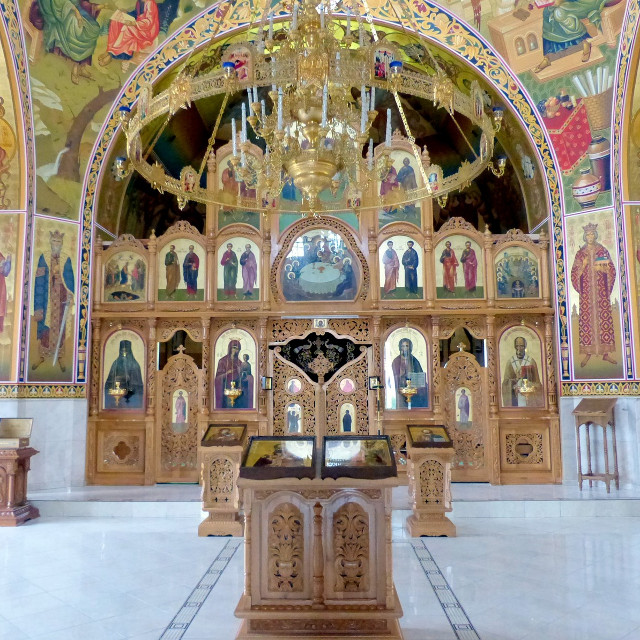
Moldova Explorer
Moldova
Culture | Silk Road
Taste fine wines and explore lost Soviet enclaves in remote Moldova
£1,345 pp
This is the per person group tour price, based on 2 sharing. The price is subject to change with exchange rate and flight cost fluctuations.
8 days